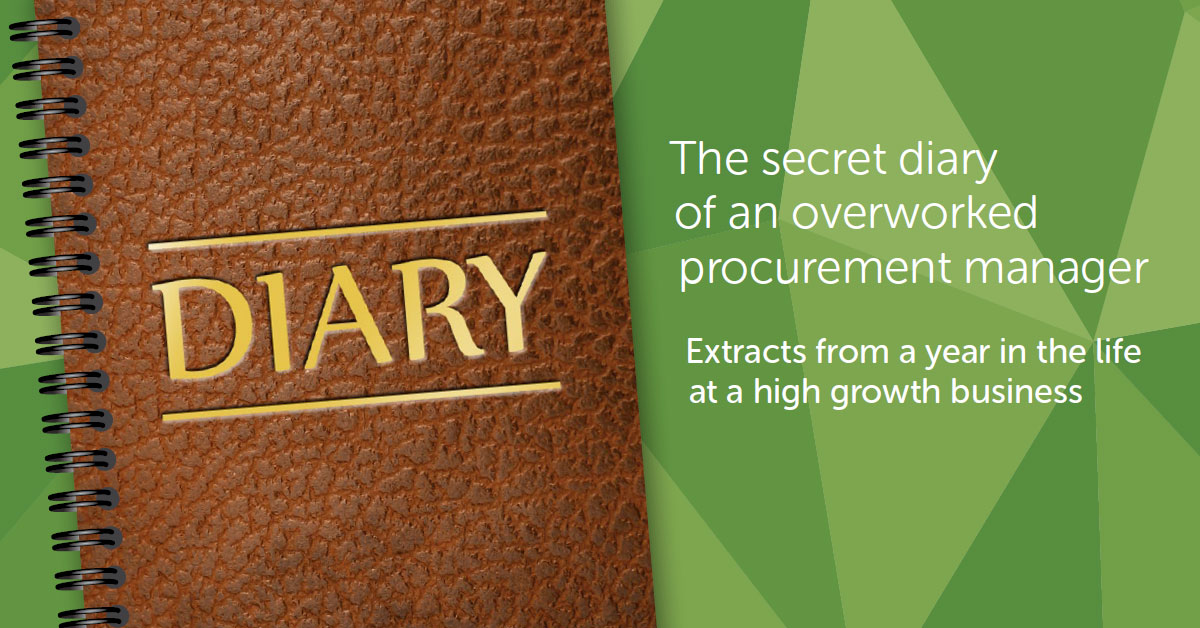What are the main challenges facing procurement managers?
Although the path to business growth is paved with good intentions, we all know there is plenty to overcome along the way. As much an obstacle as it is a facilitator for growth, procurement presents a fair share of challenges to deal with.
In dealing with critical suppliers and balancing the needs of other departments, the procurement managers have plenty to contend with during their working week. From dictating procurement spend to managing ineffective suppliers, here are some of the most common problems that face procurement managers.
- Managing increasing costs
A high-growth company may struggle with a rise in costs against their income, profitability might be tough to ensure, and even so, managing profits can be difficult, too.
A company’s finance director may approach procurement managers with a request to keep their suppliers in check when it comes to cost and performance. If the business’ cost-to-income ratio is too high, they will need to cut down on contracted costs.
Unfortunately, the lack of any sort of system to manage these contracts can prove to be a problem. It is imperative that contracted agreements are stored in one secure location and that a business has something in place to standardise the process of contract management.
- Outgrowing the supplier base
If a business is growing faster than expected, then their existing supplier(s) might not be able to deal with increased demand. This issue is further exacerbated if the tendering process to source new suppliers is slow and laborious, making it difficult to match the long-term growth plans, such as profit targets, that managing director can place on procurement managers.
Finding the right kind of supplier is demanding at the best of times. Most businesses say that their contractors are not suited to global growth, while a similar number don’t even have a department that is responsible for managing their supplier sourcing. The tender process is already stacked against those who lack the necessary solutions and should be dealt with accordingly.
This calls for an approach of continually reviewing all suppliers and identifying potential new supply partners when contracts are coming to an end. Where possible, it is a good idea to visit suppliers in person – this will help you better identify their scope and the actual size of the operation. If a supplier is asked whether their process could handle higher demand, they may be inclined to exaggerate their capacity.
By pre-empting your growth, and approaching suppliers with higher capacity in a timely fashion, your output should not be significantly affected.
- Ineffective supplier management
At one time or another, a procurement manager will have struggled to manage their suppliers effectively. Whether this is because of poor communication, lousy performance evaluation or mishandling of supplier information, it is a very common issue.
Sometimes you will receive items that are not to your specification, or suppliers will not be transparent in their communication with you. If there is a mismatch in culture or ethics, then it can build up and start to cause a real problem between business and supplier. This is where relationships can sour.
Having the right processes in place can facilitate better communication, improve the management of the supplier lifecycle and allows you to benchmark their performance. Also, the proper solution can provide you with alerts, so you don’t miss milestones and significant alterations such as when suppliers change their bank details.
- Control & visibility of spending
For businesses not doing their due diligence during the tender process and partnering with approved suppliers, it can be difficult for procurement professionals to control how much is being spent and where. Ultimately, profit is what is essential, and if specific departments are placing unauthorised orders with unapproved suppliers for convenience, then this can lead to maverick spend.
What’s more, if a procurement manager needs to provide a detailed breakdown of a project’s spend, then it can be tough to locate the appropriate information on who spent what and how much. This turns what should be a straightforward process into a nightmare.
Getting tough on over-spending is essential. Things like approved supplier lists, easy report building, and proper catalogue management can help to streamline the control and visibility of spending in the business.
- Lack of purchasing systems & technology
Traditional invoice payment processes might not be as effective as they once were. This leads to slower payments, like accounts payable struggle to reconcile order details and invoices, while different invoices might be received in varying formats, making management difficult as a result.
If late payments become an issue, then suppliers may withhold delivery until they have received compensation. This means your customers won’t be able to receive their orders either. A business’ systems and technology must be capable of handling the demands of the processing; otherwise, it risks serious setbacks.
Please click HERE for a link that will take you to some research that backs all the claims made in this article.
Author Bio:

![]()
Paul started his career fulfilling roles in HR, Sales and Advertising before co-founding Wax Digital in 2001. He’s been Managing Director since the firm was founded and has overseen considerable growth and expansion. Outside of work Paul is very passionate about music, having played in several bands in his early 20s. He enjoys playing football, tennis and walking with his wife and dog.

